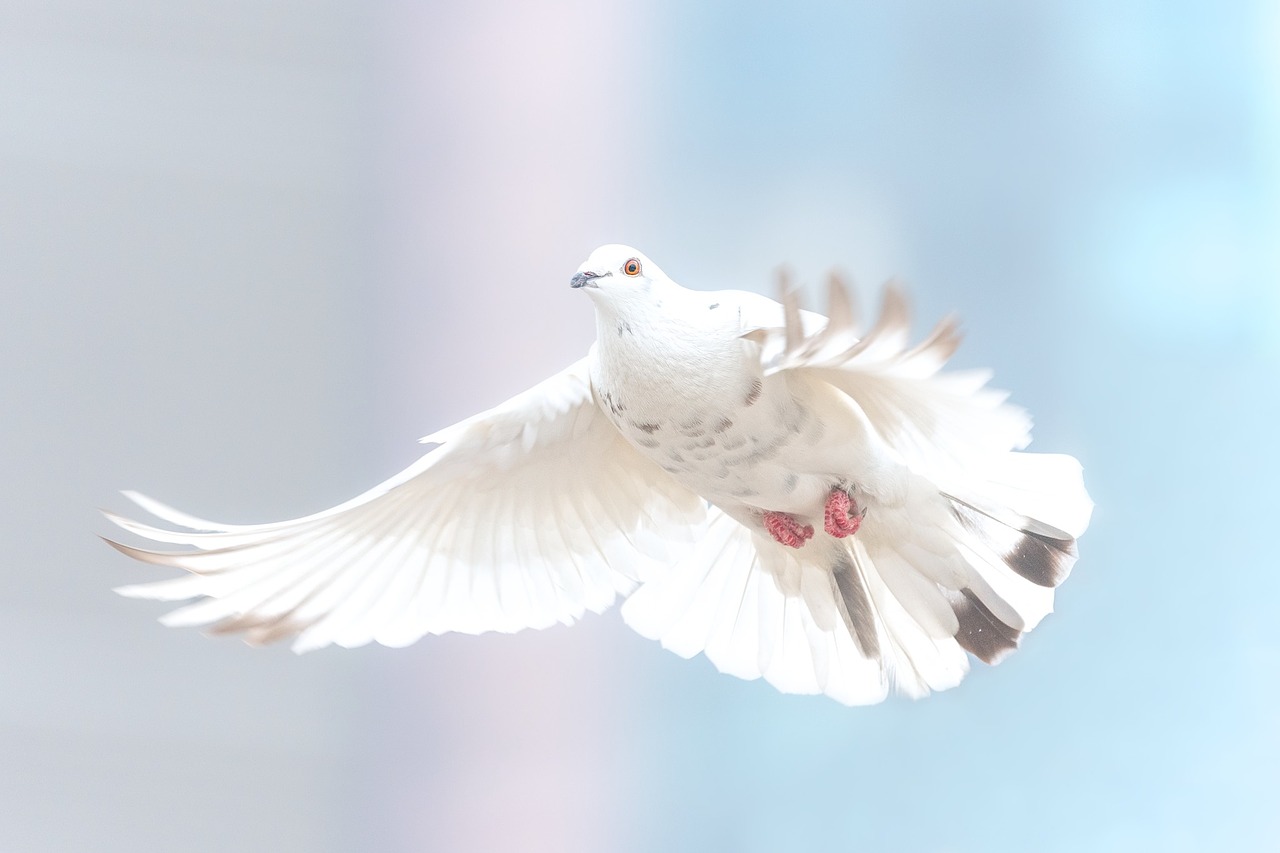
A new study has revealed that birds’ feathers are a major factor why some birds fly and some don’t and why they fly differently.
The modular structure of their feathers made it possible for birds to adapt over time, according to a study from the University of Southern California that was published on Cell Press. It also helps them survive and thrive in different environments. Their structure is the basis of the specialization of a bird’s feathers in different parts of its body.
"We always wonder how birds can fly and in different ways," says corresponding author Cheng-Ming Chuong of the University of Southern California, Los Angeles. "Some soar like eagles, while others require rapid flapping of wings like hummingbirds."
The study, titled “The Making of a Flight Feather: Bio-architectural Principles and Adaptation,” examined different feathers based on their biophysical properties, physical structure, and evolution.
The USC researchers studied eagles, sparrows, ostriches, soaring ducks, and short-distance flying chickens. They also examined hummingbirds and penguins. Feathers that are about 100 million years old, all stored in Myanmar, were also observed.
"Such differences in flight styles are largely due to the characteristics of their flight feathers," said Chuong. "We wanted to learn how flight feathers are made so we can understand nature better and learn principles of bioinspired architecture."
Findings show that the central shaft, or rachis, and the peripheral vane are the two highly adaptable architectural modules that make up flight feather. Rachis refers to a composite beam made of a porous medulla, which keeps feathers light though it is enclosed by a rigid cortex that is responsible for strength. Meanwhile, the vane is made up of soft barbs that are fastened together.
"In every corner and at different morphological scales, we were amazed at how the elegant adaption of the prototype architecture can help different birds to adapt to different new environments,” said Chuong.






